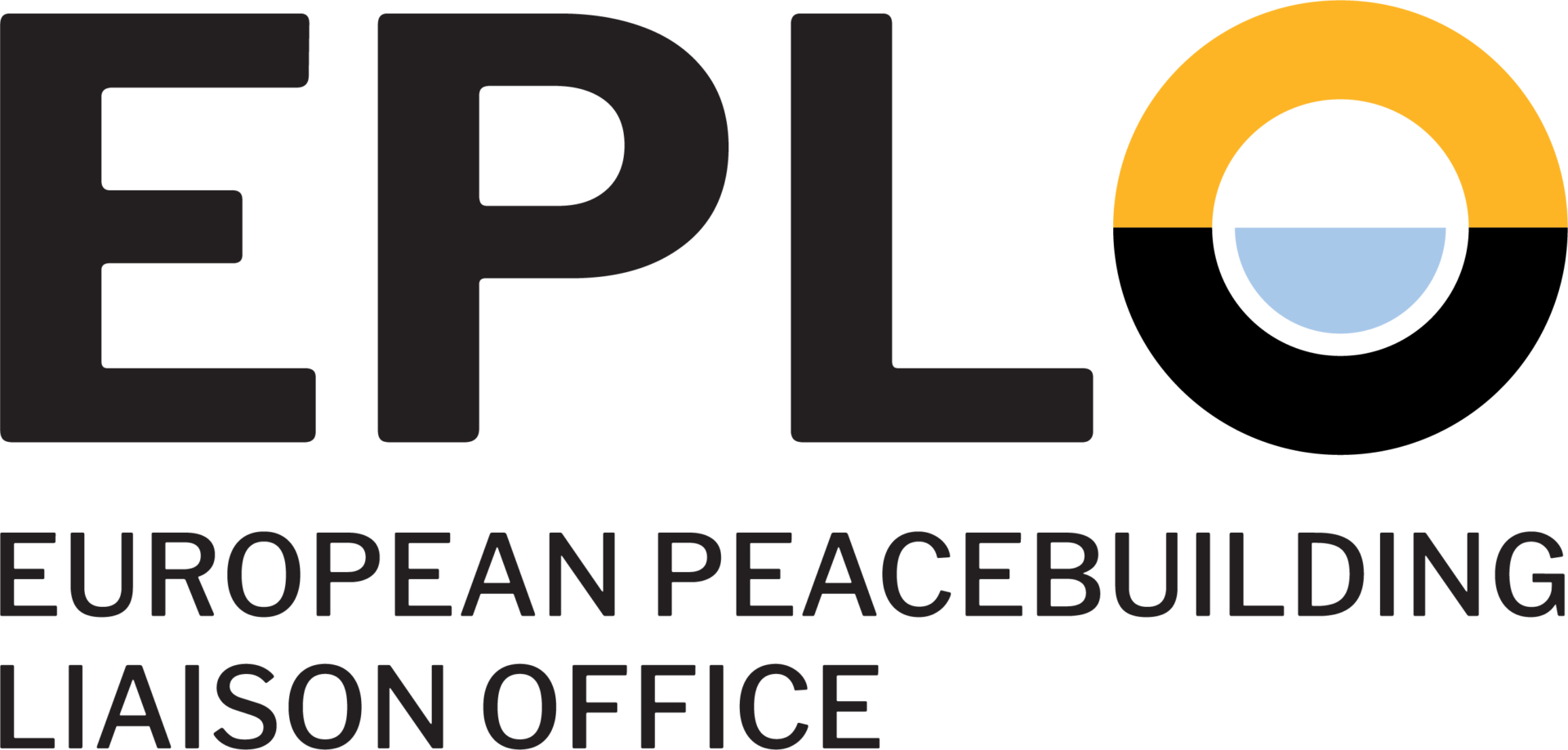This blog post was written in the framework of the online workshop ‘Climate change, conflict and fragility: Increasing resilience against climate-fragility risks’, organised by the European Peacebuilding Liaison Office (EPLO), together with adelphi and the Climate Diplomacy initiative, with support from the German Federal Foreign Office. Two more webinars will follow.
Although there is no causality nor direct and automatic link between climate change and conflict, we can see that climate change can intensify conflict drivers and make it harder to find stability. 70 percent of the most climate-vulnerable countries also belong to the most fragile countries. This often comes down to questions of governance: communities are more vulnerable to climate change, and to conflict, because their governance system is not working for them, leaving them vulnerable.
Here are seven climate-fragility risks that can be shown to affect conflict dynamics:
- Resource competition: climate change impacts the access and availability of natural resources, which can lead to competition which can in turn lead to conflict. Sometimes there are more resources but this can also lead to conflict as they have to be shared.
- Livelihood insecurity and migration: climate change can increase insecurity for populations that rely on livelihoods like agriculture (droughts in Afghanistan have led to more food insecurity). Livelihood insecurity may also increase the attractiveness of joining armed groups that offer some kind of economic security, and can also act as a push factor for migration (within and across borders, from rural to urban areas, putting more pressure on the resources in the hosting areas and its resources).
- Extreme weather events and disaster: crime and violence can increase in the wake of major disasters. This poses a longer term challenge: if the response of the government is not seen as being fair, this can fuel grievances. Disasters don’t always lead to instability and can also be used to build peace.
- Volatile food prices and supply: fast and significant changes in food prices can be caused by, and in turn, lead to political and economic crises. In 2011, during the Arab Spring, soaring food prices acted as a catalyst in an already fragile situation.
- Transboundary water management: competition over water can lead to challenges to peaceful cooperation in international river basins.
- Sea level rise and coastal degradation: the slow-onset risks to coastal communities and their implications on migration, urbanisation and security is an existential long-term threat caused by climate change.
- Unintended effects of climate policy: climate action may risk creating new conflicts or exacerbates existing ones. We need to make sure that peacebuilding projects are climate sensitive, and vice versa – especially as funding for these projects is increasing (i.e. the European Green Deal).
Despite the positive momentum around climate change, we also witness an increased militarization and securitization (global military expenditure is estimated to have been at the highest level since 1988). Climate-fragility conflict risks do not suggest military responses: in the face of these challenges, there is a need for an integrated response across key policy fields such as climate change adaptation, peacebuilding and conflict prevention, development and humanitarian aid. Conflict sensitivity and climate response need to go hand in hand: the peacebuilding community should integrate the climate risks into their conflict analysis and responses (peacebuilding programmes can help build the resilience needed for climate adaptation), and the climate community should be more inclusive and address issues around the political economy, work on social cohesion, etc. when leading climate action.
UN Environment and the European Union (EU) are partnering with Adelphi for a four-year project (2017–2021), financed by the EU’s Instrument contributing to Stability and Peace (IcSP). The project, designed as a response to the recommendations of the ‘A New Climate For Peace: Taking Action on Climate Fragility Risks’ report (2015), is developing a toolbox and guidance material on how to integrate climate adaption and conflict sensitivity.
